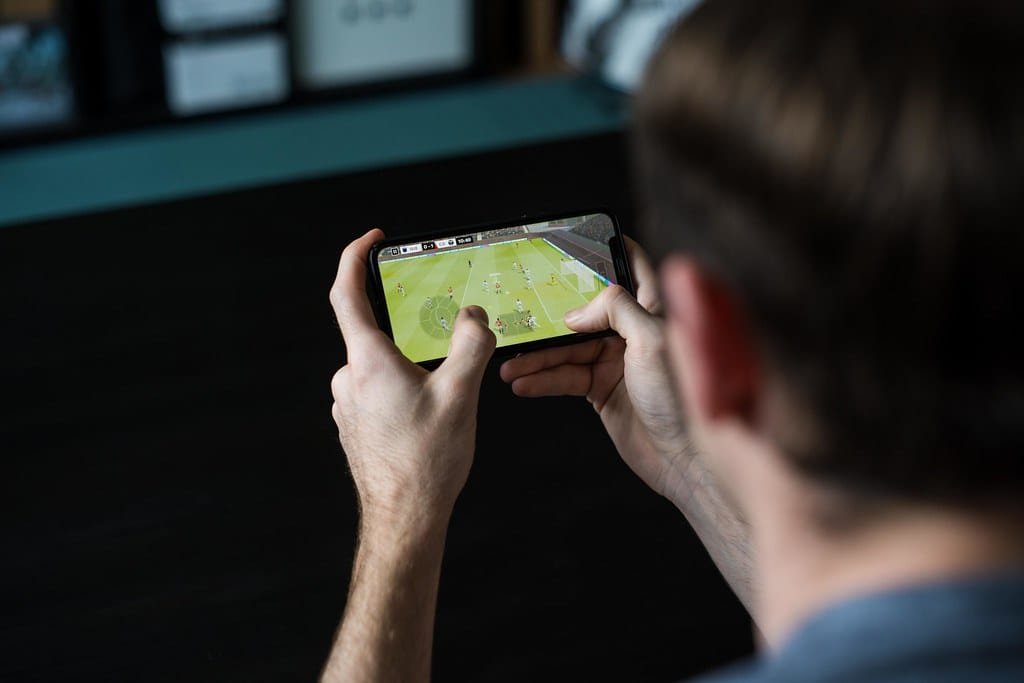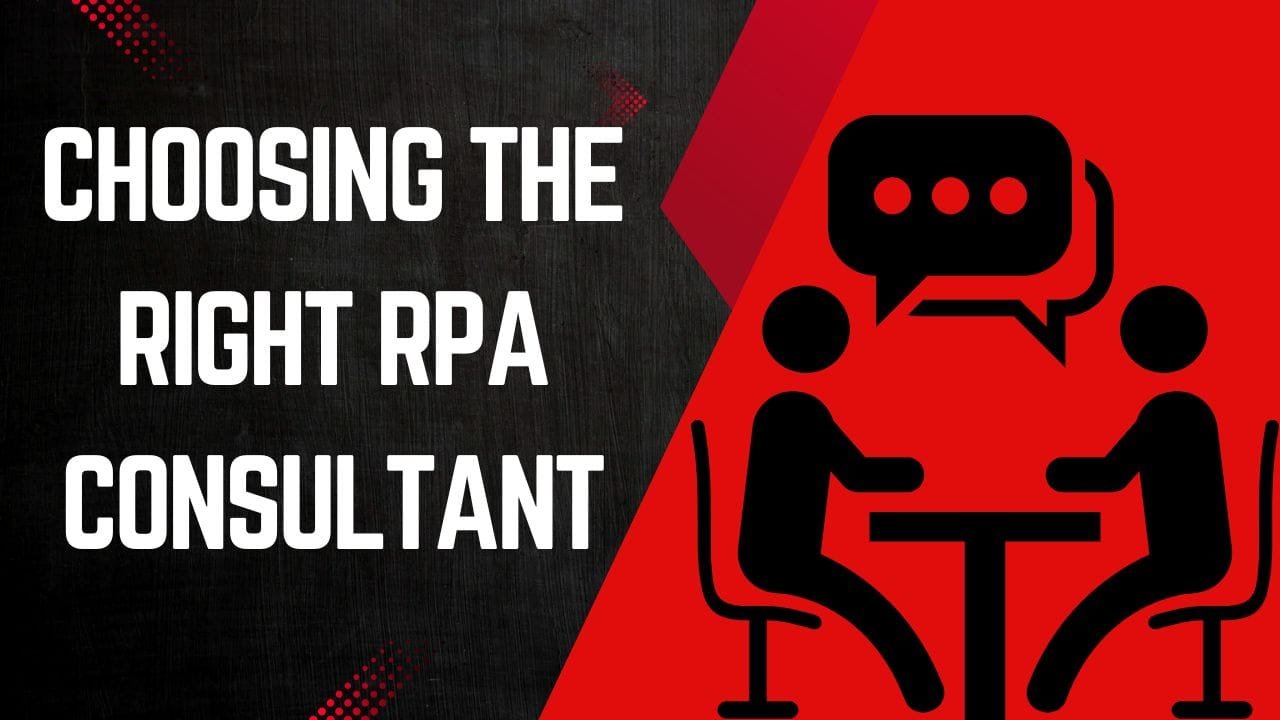For many mobile users around the world, reliable internet access isn’t guaranteed—especially in outdoor environments where sports training naturally happens. While modern fitness apps offer flashy features and live updates, they often fall short in low-bandwidth areas, or in moments when users need to train without Wi-Fi or stable data coverage.
Enter E‑Coach Pro – football training app that takes a different approach: one focused on smart offline usability, lightweight design, and video-first coaching that works even when your signal doesn’t. By addressing the realities of where and how users train, E‑Coach Pro is solving one of the biggest problems in digital coaching—connectivity barriers.
This isn’t just about access; it’s about giving users real freedom to train on their own terms.
The Problem: Great Features, But Only With Great Wi-Fi
Most fitness and coaching apps are built with an always-online assumption. They rely on real-time syncing, live streams, and constant connectivity to power features like:
Adaptive training plans based on live feedback
Coach-led sessions or live video calls
In-app community forums and chat
Progress dashboards updated on every move
While these sound great on paper, they break down in practice:
A footballer training in a public park may lose 4G coverage.
A young player practicing in rural areas might not have mobile data at all.
Users in developing regions often rely on Wi-Fi, which isn’t available outdoors.
This disconnect between app design and user reality means training gets interrupted—or worse, abandoned.
E‑Coach Pro’s Offline-First Philosophy
Unlike apps that treat offline as a fallback, E‑Coach Pro treats it as a core design principle. From its early development, the team behind the app focused on how to make structured football training accessible, functional, and enjoyable—even without a constant connection.
Let’s break down how this works.
1. Download Once, Train Anywhere: Local Video Caching
The heart of E‑Coach Pro’s functionality lies in its professionally recorded training drills, delivered via short-form instructional videos. These videos are organized into:
Skill modules (passing, dribbling, shooting)
Difficulty levels (beginner, intermediate, advanced)
Focus areas (technique, fitness, ball control)
Instead of streaming every time a user plays a drill, the app allows for local caching. When a user loads a session once with internet access, the video is stored temporarily on their device. After that:
No buffering is needed
No additional data is consumed
No connection is required to replay the drill
This download-once-use-many method ensures users can run their sessions seamlessly—on the pitch, in their backyard, or even in airplane mode.
2. Lightweight UI for Low-End Devices and Poor Networks
Another major hurdle in sports training apps is heavy design. Rich animations, high-resolution videos, and complex dashboards often slow down performance or crash on lower-spec devices—common in many global markets.
E‑Coach Pro’s mobile-first UI is engineered to be:
Minimalistic: No bloated menus or over-designed dashboards
Fast-loading: Prioritizes essential elements first
High-contrast: Built for readability in bright daylight, where many users train
Gesture friendly: Simple navigation that works in motion
Because of this design choice, the app doesn’t need constant background loading or device power to function properly—extending battery life and reducing crashes.
3. No Hidden Sync Loops or Live Data Dependencies
Many apps quietly consume data in the background to sync with servers. These processes drain battery, slow performance, and cause features to freeze when offline.
E‑Coach Pro avoids these pitfalls by:
Logging progress locally first
Syncing data only when the app is reopened with an active connection
Avoiding real-time metrics that require constant updates
This offline-first approach ensures that users can complete full training cycles and see their progress—even if they haven’t connected to Wi-Fi in days.
4. Offline Progress Tracking That Feels Natural
E‑Coach Pro understands that if users can’t track their progress, they lose motivation. But progress tracking typically depends on cloud servers and login-based dashboards.
Instead, the app lets users:
Mark drills as complete locally
Save streaks and sessions in the app cache
See which modules they’ve finished or repeated
When the user goes online again, all local progress syncs silently in the background—without interrupting their training experience.
This hybrid method provides the psychological reward of visible progress while still respecting offline use.
5. Adaptive Video Formats That Save Data
Streaming fitness apps often consume hundreds of MBs per session. E‑Coach Pro’s smart video optimization keeps usage efficient through:
Lower-resolution fallback versions for slower connections
Compressed video formats that balance quality and size
Short session duration (under 3 minutes) to keep video payloads low
As a result, even users with limited data plans can download multiple sessions in one go, then reuse them as needed.
Who Benefits the Most?
Rural Users and Developing Markets
Users in areas with patchy networks can finally rely on a coaching app that works as hard as they do—no matter the signal strength.
Youth Players Without Personal Data Plans
Teens and students often train in environments without Wi-Fi. E‑Coach Pro lets them prep their sessions at home and train offline outdoors.
International Users on Expensive Mobile Plans
In countries where mobile data is expensive or capped, being able to preload content is a game-changer for affordability and usability.
A Case Study in Purposeful App Design
E‑Coach Pro is a standout example of what happens when developers build with real-world users in mind. Instead of chasing flashy integrations or real-time AI, the app focuses on:
Delivering structured coaching
Reducing user friction
Respecting hardware limitations
Enabling freedom from constant connectivity
This isn’t a step back—it’s a leap forward for usability, accessibility, and training equity.
Final Thoughts: Smarter Design Over Flashy Features
As the mobile ecosystem matures, users are becoming more discerning. We no longer want apps that impress in the App Store but under perform in daily life. We want tools that actually work where and when we need them—even without Wi-Fi.
E‑Coach Pro’s offline-first architecture is a blueprint for mobile coaching done right. It shows that solving basic pain points—like limited connectivity and device performance—can have more impact than the latest buzzwords.
For any athlete training in the real world, it’s not just about smarter coaching. It’s about coaching that’s smart enough to work offline.






Tech content on this site may include contributed articles and partnerships with industry voices. Learn more in our Editorial Policy.